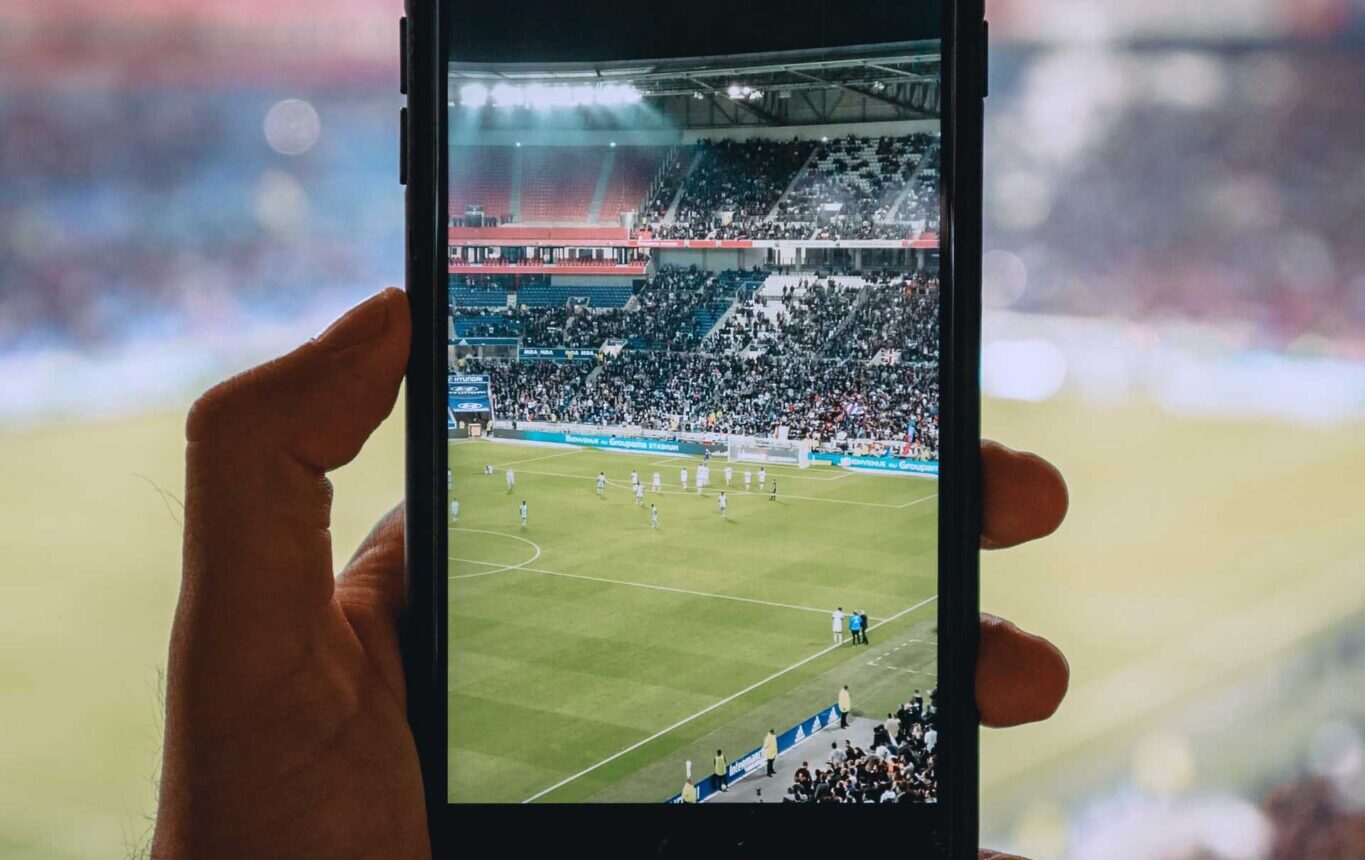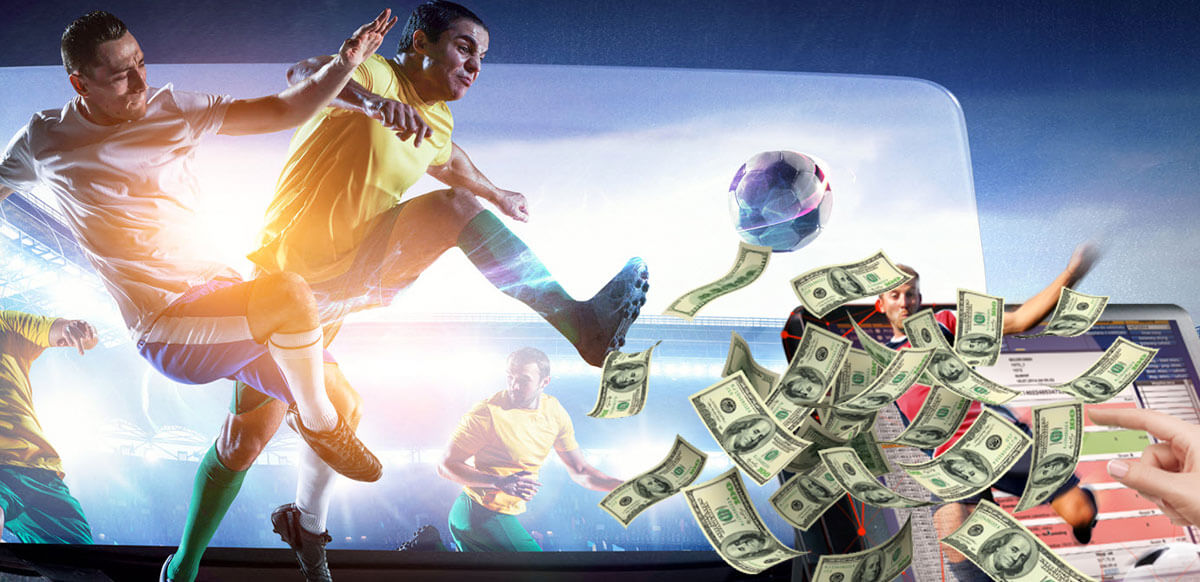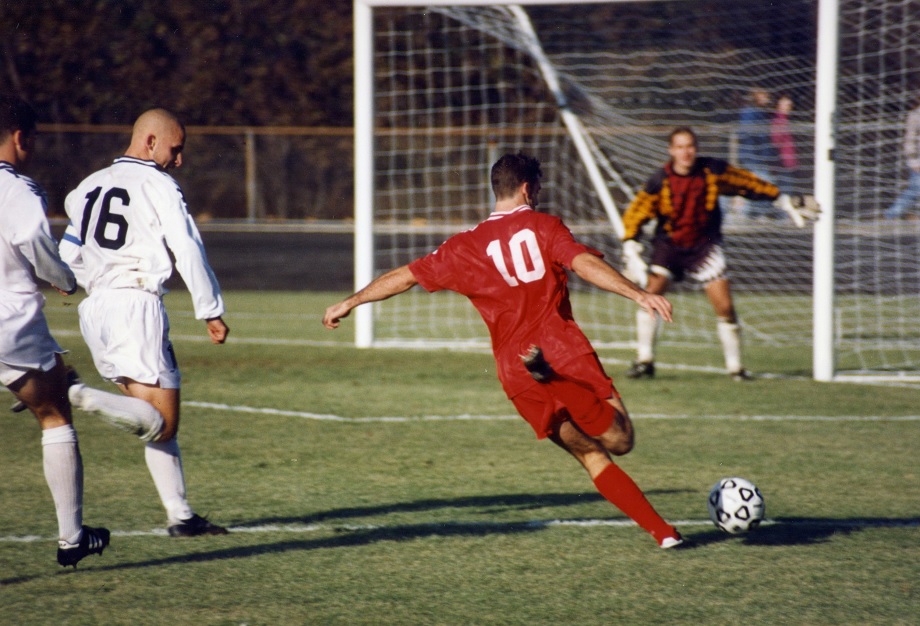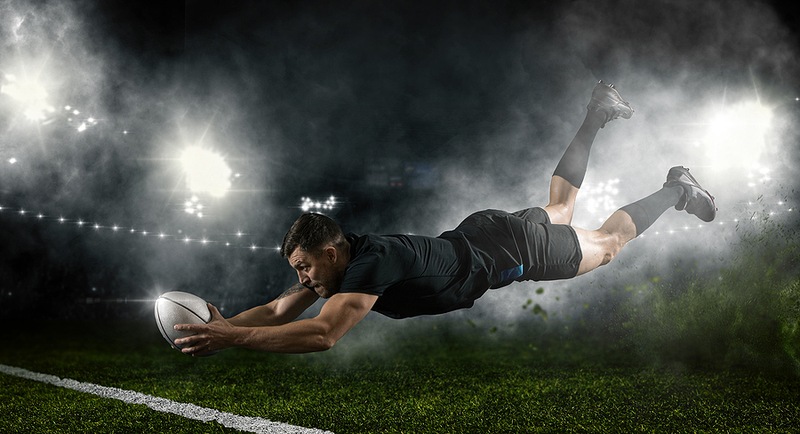
With over a billion people tuning in to different channels for live sports, you would think that all the games, events, and even the language of the sport would be universally common. However, the truth is there are different languages, dialects, and even regional nuances in broadcast presentations of live sporting events.
Hence, when it comes to some of the more basic features of coverage, like the speed of play, reaction times, and goal-line placement, it becomes very difficult to cater to the needs of multiple languages and broadcasting requirements for multiple languages. It’s thus important for a sportsperson to be up-to-date with the nuances of the various languages being used in live sporting events.
How is it possible to cater to the needs of a variety of nationalities and cultures while broadcasting live sports? It is difficult but not impossible. To start with, let’s take a look at how radio is used. In the past, radio was an exclusive venture owned by a few select companies. Today, radio can be accessed through a wide range of entertainment and communication devices that include mobile phones, radios, the internet, laptops, iPods, and other similar wireless and wired media.
Sports coverage on the radio has changed drastically over the years. Earlier, radio announcements of live sporting events were made using very large, very loud AM radio transmitters fitted on vehicles. The problem with this method of broadcasting live sporting events was that the broadcast range was limited to a very short area around the vehicle transmitting the signal.
To overcome this problem, the modern method for live soccer stream uses smaller, more portable transmitters that are equipped with the capability to broadcast long distances. In addition to the wide broadcast range, modern cars are also equipped with FM receivers that allow them to listen in on sports events even when no transmission is available from the vehicle transmitting the signal.
Another challenge that is faced while reporting live sports on the radio is the reception of the signal. Sports broadcasting involves a lot of traveling not just from the sports arena to the sports reporting studios but also for covering different games taking place at different venues.
Sports coverage on the radio has therefore become a challenge as the process of transferring the signal from the sports arena to the studio has become more challenging. A problem that often crops up during sports telecasts is the poor reception of the signal caused by static and other disturbances in the air. Radio sportspersons should make it a point to report these disturbances to get better reception.
The other major challenge that faces sports telecasting is the condition of the stadiums during live sports matches. Although all stadiums are ready to accommodate live broadcasts, there are some instances where the stadiums receive heavy rainfall during the match. The moisture, in turn, affects the clarity of the signals being transmitted. As a result, some viewers get a poor reception while watching the game and some may lose interest in the telecast as a result.
Some advertisers do not mind paying more for quality telecasting services but you have to bear in mind the fact that if the telecast fails to deliver the required audience you will not be in a position to earn any revenue from advertisers. Live telecasting of sports events is an extremely complex job that requires great skills, expertise, and experience. It is therefore important that you have to be very particular about the sound quality of your transmission. Do not compromise on this aspect to save some money as such.





